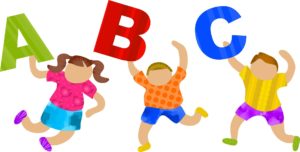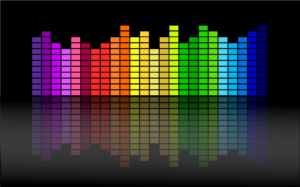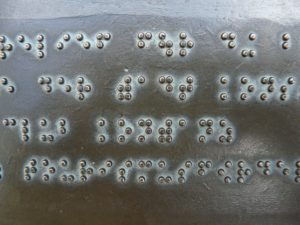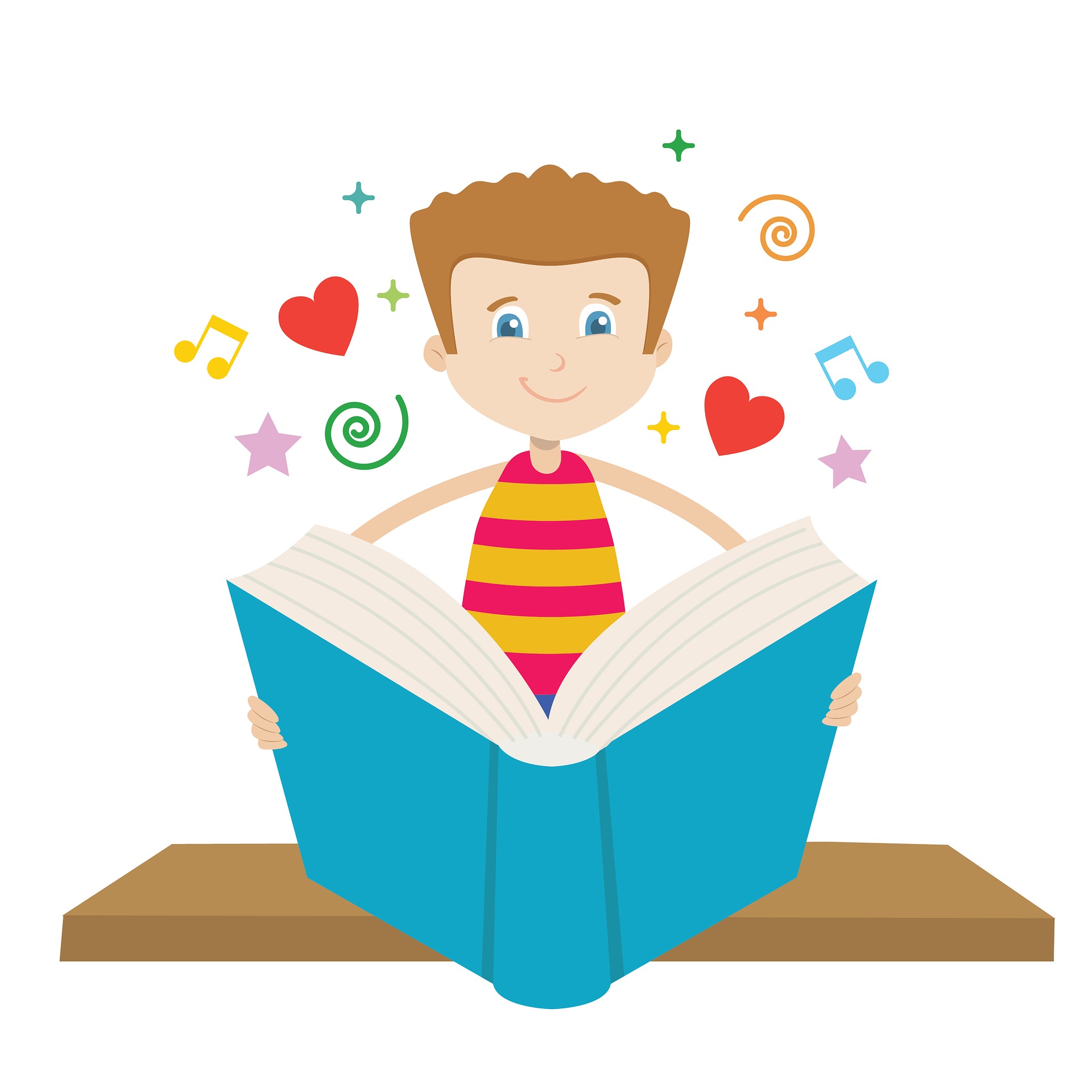Reading has opened humanity to an unlimited range of absorbing information about our environment. It has allowed humans to explore the past, present, and future, ideas that have and will change the world, and share our experience.
One of the most important jobs that parents/guardians and educators have is to help students develop reading as a habit.
We have established the fact that reading is the gateway to engaging and interacting fully with the world, especially in this modern age where information and communication have made the world smaller.
There are instances where children are unable to read print in the way most children would or the normal way.
Dyslexia is a common learning disability which hinders a person’s ability to process, understand and read fluently, even though they possess a normal IQ. Dyslexia is characterized by a general deficit in phonological and language processing.

There are three main types of reading. The traditional form of reading/ eye reading is considered the most common type of reading which educators engage their students.
This involves making sense of the text by analyzing word patterns with the eyes. The information is then interpreted and processed in the brain, leading to what we can refer to as comprehension.
However, the other two types of reading, which are ear reading and finger reading need to be incorporated into the methods by which educators teach students.
Let’s jump right into the three types of reading in detail.
Eye Reading
 This type of reading makes up about 90% of what we may generally refer to as the standard reading method. The reason being that it is the type of reading through which most people were tested and trained on.
This type of reading makes up about 90% of what we may generally refer to as the standard reading method. The reason being that it is the type of reading through which most people were tested and trained on.
This type of reading capturing words, sentences, and phrases with the eyes in order to create meaning. This forms the foundation for most reading done by the majority and ultimately comprehension.
Eye reading will always remain a key component of reading and it must always be taught to students in order to help them develop fluency, phonemic awareness, and decoding skills as early as the elementary level.
The focus should be placed on eye reading throughout school. On the other hand, there are many children who are unable to decode text and have not been fortunate enough to get the right intervention that they need. This is where ear reading comes in.
Ear Reading
 Ear reading becomes essentially where eye reading has not proven very effective for children with reading disabilities. Where students can’t process text print on a page but are able to comprehend to a certain level, they can still do most of their reading with their ears.
Ear reading becomes essentially where eye reading has not proven very effective for children with reading disabilities. Where students can’t process text print on a page but are able to comprehend to a certain level, they can still do most of their reading with their ears.
Ear reading is sometimes disregarded as an effective type of reading or considered “not true reading”.But for many children who lack phonological and decoding skills needed to interpret text fluently, especially children who are dyslexic, ear reading becomes very necessary in helping them to develop their comprehension.
Technology has made life a lot easier for parents and educators and most important children who are dyslexic. Audiobooks and text-to-audio software have bridged the gap between reading disabilities and comprehension.
According to Jennifer A., a specialist in reading who is based in Chicago, “You might learn better through your ears than you do taking in information through your eyes, and that’s totally fine because your brain is still doing the work with it.”
Finger Reading
 Finger reading, also known as “braille reading” is a method of reading that is used by individuals with visual impairment. Finger reading allows the blind to use their fingers to interact with words using their fingers.
Finger reading, also known as “braille reading” is a method of reading that is used by individuals with visual impairment. Finger reading allows the blind to use their fingers to interact with words using their fingers.
It is easy to assume that braille isn’t a form of reading, but you are really not going to point that out to a blind student – similarly, you aren’t going say to a dyslexic student that ear reading isn’t actually reading.
Just like ear reading, finger reading helps blind and visually impaired students access information in an alternative way. It is a fantastic type of reading for learners and adults who cannot process text the normal way.
Learning disabilities can now be addressed using any of the types of reading explained above.


